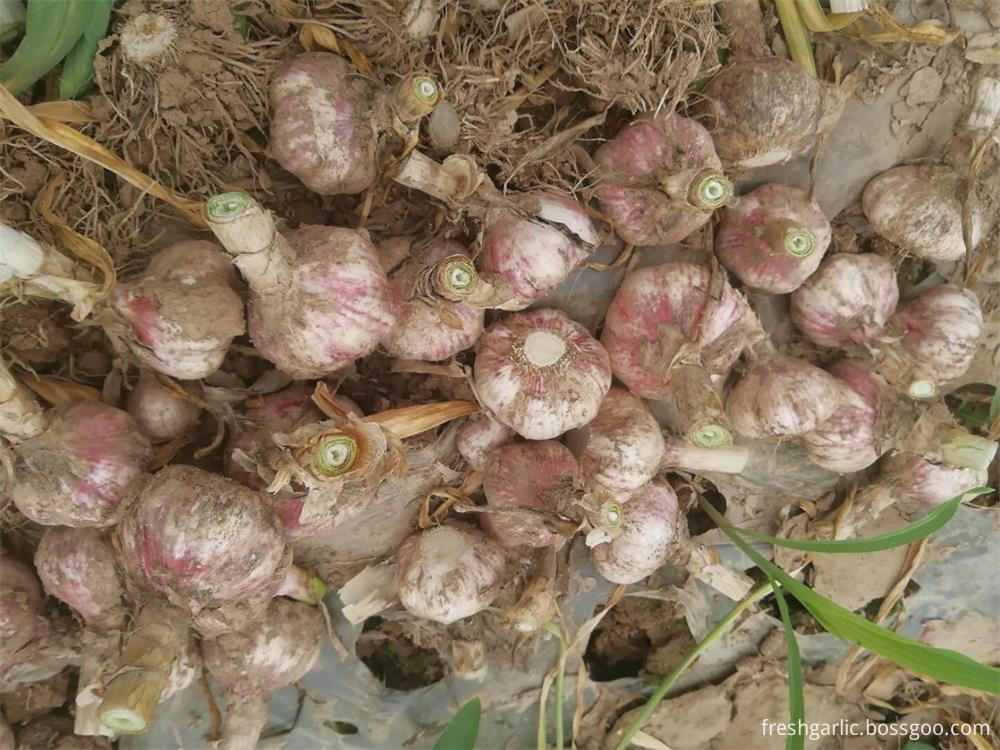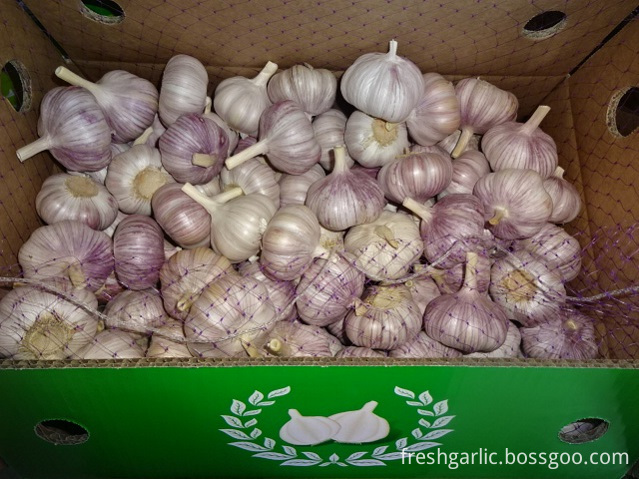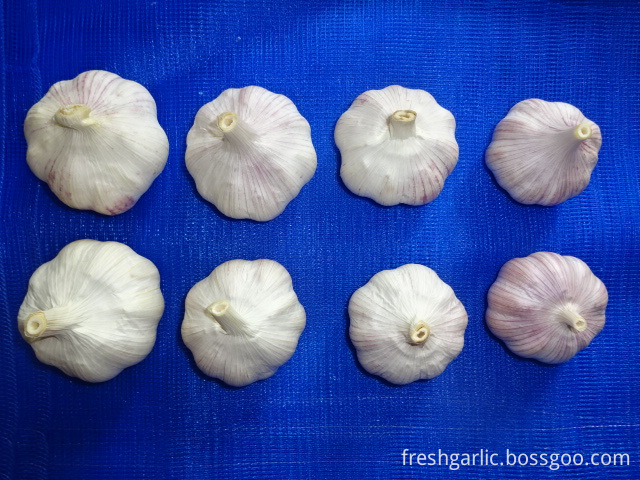The first part of the current epidemic of livestock and poultry epidemic characteristics and control measures First, the current epidemic of livestock and poultry epidemic characteristics
1. Obviously increased types of diseases and serious harm
According to statistics from relevant departments, there have been more than 30 new infectious diseases in China in the past 10 years. There are 13 kinds of poultry diseases and 7 kinds of swine diseases. Some of the recent diseases in foreign countries such as blue ear disease, circovirus disease, avian leukemia, and duck disease Parvoviruses, certain serotypes of bird flu, etc. have also emerged in our country.
2. Significant increase in multi-pathogen mixed infection
Many current livestock and poultry epidemics are caused by the combined effects of various pathogenic factors, some secondary or concurrent, and the presence of some immunosuppressive diseases further exacerbates the condition, such as swine fever and blue ear disease, circovirus disease Mixed infection with swine fever, Newcastle disease and E. coli.
3. The problem of respiratory syndrome has become increasingly prominent
In recent years, the incidence of respiratory syndrome has increased, and there are as many as 24 respiratory diseases in poultry, and the harm is severe. 4. Influencing reproductive syndrome is widespread. The cause of this syndrome in China is high in swine fever, blue ear disease, parvovirus, pseudorabies, Japanese encephalitis, and chlamydia.
5. Viral diseases become the main body of infectious diseases
The newly increased infectious diseases in recent one or two decades are mostly viral diseases, which increase the risk of viral diseases.
6. The severity of immunosuppressive diseases
The most frequently occurring and severely endangered swine immunosuppressive diseases are circovirus type II, influenza, and blue-ear disease; birds are mainly infectious bursal disease, infectious anemia, Marek's disease, leukemia, and bird reticulation. Endothelial hyperplasia and avian reovirus, etc.
7. Increase in atypical diseases
It refers to the increase in the number of types of atypical diseases and the increase in the number of cases. Atypical cases have emerged such as swine fever, Newcastle disease, chicken flesh, colibacillosis, infectious bursal disease, and chicken ascites syndrome.
8. Increased risk of certain bacterial diseases and parasites
With the increase of large-scale breeding farms and the ever-increasing scale, environmental pollution has become more serious, and bacterial diseases and parasitic diseases have increased significantly, such as chicken E. coli disease, salmonellosis, duckling infectious serositis, chicken coccidia Diseases, Toxoplasma gondii disease, Bovine schistosomiasis, Eperythrozoonosis, etc.
Second, the main reason
1. Viral pathogens are increasing and mutating, and the original effective vaccines are now rendered ineffective or ineffective.
Bacterial pathogens continue to produce drug-resistant pathogens. The reasons for this are various, but they are associated with the abuse of antibiotics by many farmers. In addition, many feed mills use antibiotics as feed additives for a long time, which also aggravates the emergence of bacterial resistance, and also brings adverse effects on the health of humans and animals (avians), and even produces toxic effects.
3. The lack of comprehensive preventive measures. Many farmers have a one-sided thinking that as long as they carry out vaccination, they will do well and will not pay attention to their epidemic prevention measures. In particular, the livestock farms do not pay attention to the disinfection work, coupled with poor feeding and management conditions and poor environment. Frequent occurrence of stress can severely disturb the physiological function of livestock and poultry and greatly reduce the resistance.
Third, control measures
1. Implement the principle of "prevention first" and adopt comprehensive preventive health measures. At present, many farmers, especially those specialized in rural areas, do not have a clear understanding of this issue, and they are not enough to attach importance to and implement it. On the contrary, they attach great importance to treatment. Whenever one or two pigs are found dead, they are extremely nervous. They look for drug treatment everywhere. Although every aspect of disease control (including prevention and treatment) cannot be ignored, there are, after all, Lord has times. It can be said that it is the best policy to control epidemics by eradicating the epidemic out of livestock and poultry to prevent it from infecting livestock and poultry. If it can prevent injections, enhance animal resistance to diseases and eradicate environmental pathogenic microorganisms in livestock and poultry farms, it must not Disease, this is the policy of control of the disease, and once the epidemic occurs, treatment is the best way to control the epidemic.
2. Correctly understand and handle the relationship between groups and individuals in animal epidemic prevention. First of all, it should be made clear that the livestock and poultry epidemic prevention targets are groups rather than individuals. Therefore, the focus of livestock and poultry epidemic prevention should enable the entire population to have a higher level of production. For this reason, in some cases, it is worthwhile to eliminate some defective livestock and poultry and eliminate hidden dangers. When an epidemic occurs, emergency immunization should be conducted under normal circumstances. Do not assume that emergency vaccinations are more likely to occur as a result of the emergency vaccinations that aggravate critically-predicted animals and birds. It is important to know that it is unlikely that all livestock and poultry will be infected at the same time when the livestock and poultry population is ill. . It is certainly something that comes first, although emergency vaccination can save most of the uninfected diseases in time, which is well worth it. In production practice, it has also been found that there is a certain role in the emergency inoculation of livestock and poultry at the initial stage of infection.
3. Must pay great attention to disinfection, especially with livestock and poultry disinfection. Disinfection is an important measure to control livestock and poultry epidemics. Strict disinfection is even more important than vaccination. For this reason, it is recommended that farmers should establish a strict concept of disinfection, and a disinfection pool should be set up at the entrance of the livestock and poultry houses. Persons entering or leaving the livestock and poultry houses should change their clothes, and the soles should be disinfected. Do not evict dead animals or poultry in or near livestock houses. The dead animals and necropsy must be buried or destroyed. The hands and feet of the necropsy site and the anatomical personnel should be disinfected. In addition, livestock and poultry should be frequently sterilized, which can directly kill the pathogenic microorganisms hidden in the environment of the housing, including the air, and can also kill the pathogens that the surface of the livestock and poultry and the respiratory tract are retained.
White Garlic,also called Normal White Garlic or purple white garlic,is the most common garlic variety of Shandong,China. The skin of normal white garlic is basically white but White garlic also has a few purple stripes on it.
Normal white garlic, new crop
1. Commodity name: Normal White Garlic (Regular white garlic or Single Clove Garlic)
2. Feature: strongly spicy, milk white flesh, naturally bright color, no burnt, no mouldy, no broken, no dirt skins, no mechanical damaged, 1-1.5cm stem length, roots cleaness.
3. Size: 4.5-5.0cm, 5.0-5.5cm, 5.5-6.0cm, 6.0-6.5cm, 6.5cm & up.
4. Packing:
1) Loose packing(inner string bag):
a) 5kgs/carton, b) 10kgs/carton, c) 20kgs/carton; d) 5kgs/mesh bag, e) 10kgs/mesh bag, f) 20kgs/mesh bag
2) Prepacking:
a) 1kg*10bags/carton b) 500g*20bags/carton c) 250g*40bags/carton
d) 1kg*10bags/mesh bag e) 500g*20bags/mesh bag f) 250g*40bags/mesh bag
g) prepacked by 1pc/bag, 2pcs/bag, 3pcs/bag, 4pcs/bag, 5pcs/bag, 6pcs/bag, 7pcs/bag, 8pcs/bag, 9pcs/bag, 10pcs/ba, 12pcs/bag, then packed with 5 or 10kgs carton, 5 or 10kgs mesh bag outside h) packed according to clients' requirements.
5. Supply period: all the year round
a) Fresh Garlic: early June to end August
b) Cold storaged garlic: early September to the next middle May
6. Conveyance:
a) Cartons: 24-27.5MT/40' HR (If palletized: 24Mt/40' HR)
b) Bags: 26-30Mt/40' HR
7. Transporting and storing temperature: -3°C--+2°C
8. Shelf life: stored for up to 12 months in proper conditions



Normal White Garlic
Normal White Garlic,Fresh Normal White Garlic,White Garlic,Single Clove Garlic
JINING FORICH FRUITS & VEGETABLES CO., LTD. , https://www.forichgarlic.com